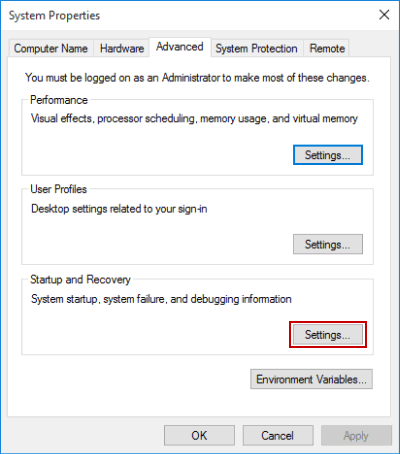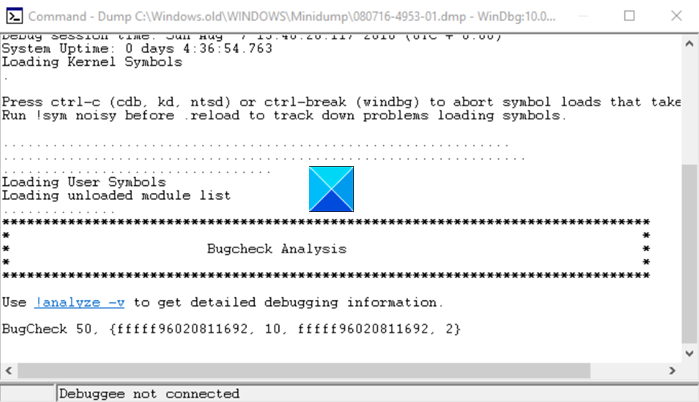
If the SQL Server is patched to latest SP and still it is crashing producing stack dumps I would suggest you to open case with Microsoft they are the best in terms of analyzing the stack dump file and would surely tell you the reason. The way it is creating dump I have hunch that you are running SQL Server which is not patched to latest SP I also wanted to check whether you are actually running supported version of SQL Server or not.

So I strongly suggest you to check whether the SQL Server is on latest SP. Other scenario is if you have not updated your SQL Server to latest SP, for instance for SQL Server 2012 you have SP3 released and you are still on SP1 and you log a case with Microsoft for this issue you would be charged and its quite possible the support guy would say this is known issues and is fixed in Sp3. If you do so the Microsoft Engineer or the support personal would first ask you to apply latest SP. I asked you about Version of SQL Server and you did not responded, the reason I asked it because if you are running RTM version of SQL Server or your SQL Server is not patched to latest Service Pack and cumulative update there is no point in opening case with Microsoft. If you run into difficulty, open a case with Microsoft, but just as Shanky said, ensure you are on a supported version and you have the latest updates. If it indicates that "repair allow dataloss is the minimum" necessary to repair the database, then restore from last known good backup.ĪV Dumps - You can attempt to tackle this yourself: If the output from DBCC CHECKDB indicates corruption in your indexes, rebuild them. You can troubleshoot those following the steps in this blog: Ĭorruption Dumps - Just as the first answer states, run DBCC CHECKDB.

log file indicates "Deadlocked Schedulers", this is also performance related specific to CPU. You can troubleshoot those following the steps in this blog: log file indicates "Non-yielding Scheduler", "Non-yielding IOCP Listener" or "Non-yielding Resource Monitor", these are performance related specific to CPU. Your available disk space - If the disk where your dumps are accumulating is also the same disk where your database files or transaction log files also reside, and you are going to run out of disk space if you don't do something, and you have no where to move the dump files to, then by all means, delete them.

If they are the same, delete the old ones. The age of the files - If your log folder has several dumps from two years ago, then no dumps for several months, then a few recent dumps, you can safely delete the two year old dumps.ĭuplicate dumps - When dumps occur there are three files created. First of all, everything that Shanky said in his answer is 100% correct.


 0 kommentar(er)
0 kommentar(er)
